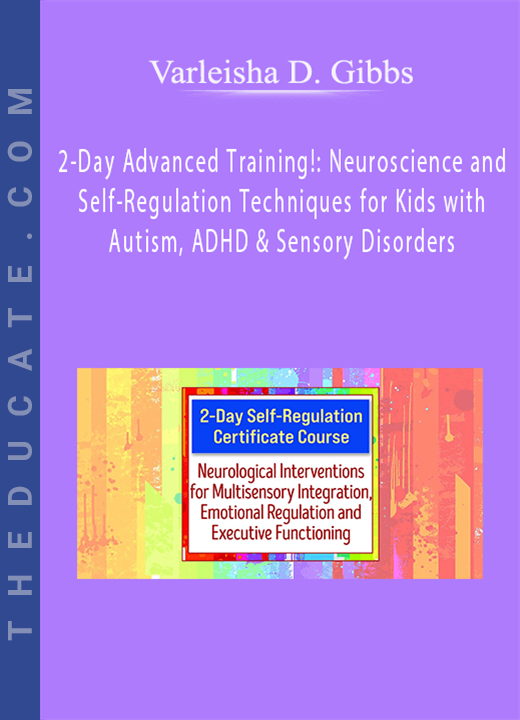Description
When Unresolved Attachment Trauma Is the Problem: Working with Avoidant and Disorganized Clients – Diane Poole Heller
Many clients bring to therapy the remnants of attachment wounds experienced before they learned to speak, so talk therapy is often ineffective at getting to the root of early memories that can continue to roil emotions and disturb relationships. This workshop presents a unique approach to correcting insecure attachment through specific corrective experiences that address the emotional injuries they incurred in early life. Through experiential exercises and videos of client sessions, you’ll see the profound effect of DARe (Dynamic Attachment Re-Patterning Experience) work in action. You’ll focus on how to:
- Identify three different styles of troubled attachment with special emphasis on the avoidant and disorganized styles
- Recognize why some clients begin to dissociate once they’ve formed a positive attachment with the therapist and why empathy can backfire
- Enhance your skills for creating a safe haven and secure attachment bond by becoming more sensitive to clients’ nonverbal, relational, and somatic cues
- Increase your capacity for intersubjectivity and incorporating well-timed humor and playfulness in your style
- Focus on how to identify three different styles of troubled attachment with special emphasis on the avoidant and disorganized styles
- Focus on how to recognize why some clients begin to dissociate once they’ve formed a positive attachment with the therapist and why empathy can backfire
- Focus on how to enhance your skills for creating a safe haven and secure attachment bond by becoming more sensitive to clients’ nonverbal, relational, and somatic cues
- Focus on how to increase your capacity for intersubjectivity and incorporating well-timed humor and playfulness in your style
1.Therapeutic Presence
a.Advantages
b.Disadvantages
2.The Role of family in Attachment Style Development
3.Styles of Attachment
- a.Secure
- b.Avoidant
- c.Ambivalent
- d.Disorganized
4.Defining Secure Attachment
- a.Tone of Voice
- b.Safety
- c.Protection
- d.Humor
- e.Relaxation
- f.Self-Regulation
5.Secure Attachment Strategies
- a.Repairing Mis-attunements
- b.Repair Rituals
- c.Secure Priming
- d.Synaptic Sculpting
- e.Kind Eyes Exercise
- f.Affect Modulation
- g.Regulating the Nervous System
- h.Reversing the Freeze Response
- i.Somatic Strategies (D.A.R.e.)
6.Neuroscience & Neuroplasticity
- a.The science of what helps us connect
- b.The Fluidity of Memory
- c.Impact of Abuse on the brain
7.Being sensitive to client cues
- a.Nonverbal cues
- b.Relational cues
- c.Somatic cues
8.Sadistic Abuse
9.Trauma Resolution
10.Video Vignettes of Complex Trauma Treatment







9 reviews for When Unresolved Attachment Trauma Is the Problem: Working with Avoidant and Disorganized Clients – Diane Poole Heller
There are no reviews yet.